Gathering Courage: Tending, Mending and Finding My Way Back to Life
Content Warning: This article explores themes around generational trauma, violence and mental health topics including suicide.
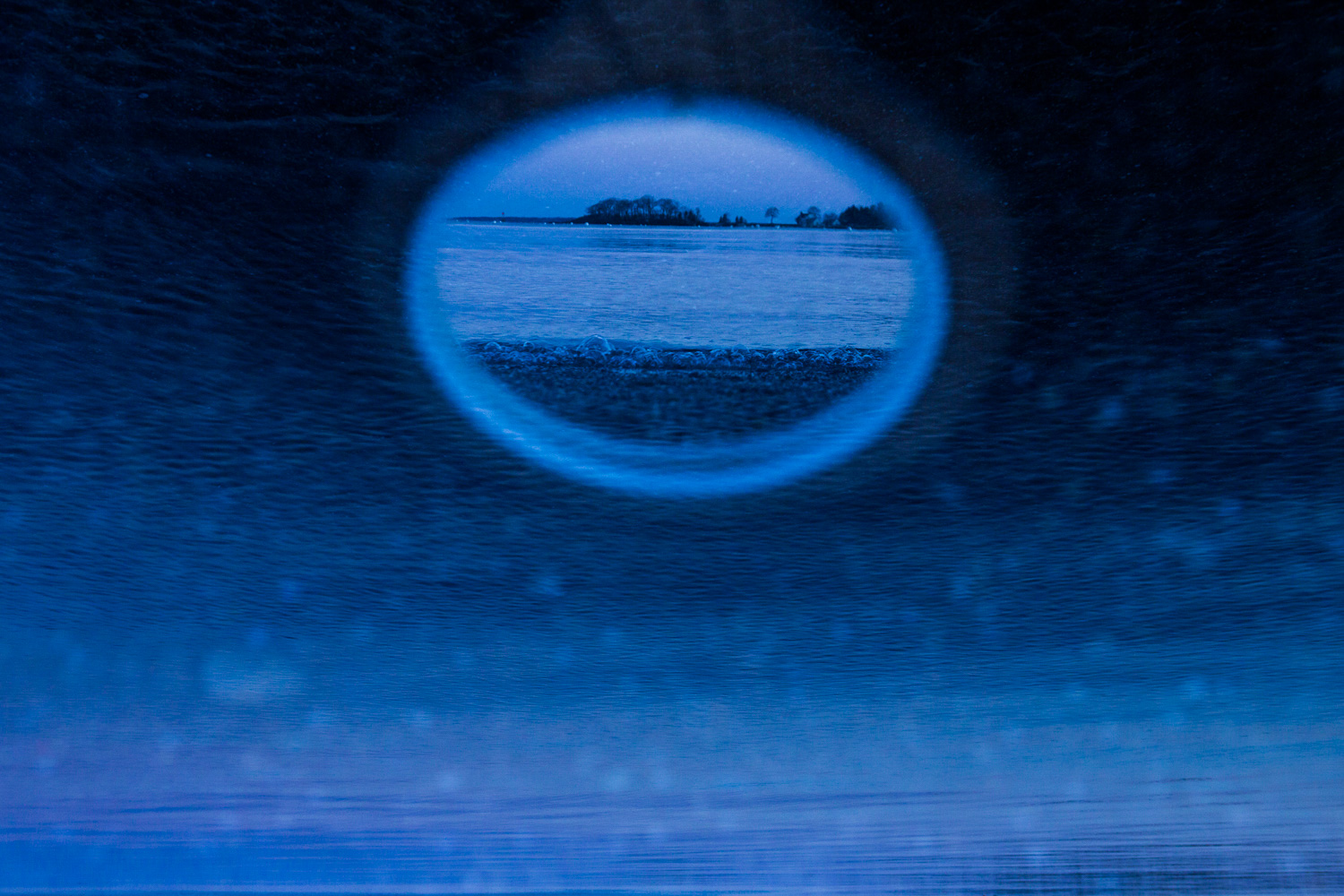
When I sat down to write this piece, I didn’t know where to begin.
So I asked myself:
Where did I begin?
When my mother birthed me?
Or when I was in the gestational world?
Maybe conception was my beginning, as they popularly say.
I read somewhere that we exist as eggs within our mothers’ ovaries when they were still unborn fetuses in their mothers’ wombs. This means I began in my grandmother’s womb and my grandmother began in her grandmother’s womb.
When do we really begin then?
And when do we end?
I have this vivid memory of myself as a 2½-year old. I was sitting on our porch watching leaves from the gulmohar tree float in a bowl of water on my lap. I had just picked them from the tree branch from the back seat of a bicycle on my way home from play school. As I stared into that bowl of water, watching the leaves move into new formations with every breath and movement of mine, I felt like everything was connected, and it was all right there in that bowl all at once… And then, I suddenly became aware of the physical body I was in, how my legs were folded, and how my little round belly flopped over and touched the bowl as I stared into it.
Is this all of me? I pondered. Why am I here?

Who are we made up of and what memories do we carry in our bodies?
Can we survive the weight of our inheritance and can we embrace the gifts of the invisible legacies we inherited?
As a child, I always felt heavy in my heart. As a facilitator in Systemic Family Constellation work, knowing what I know now about developmental trauma and intergenerational trauma, I wonder how much of this melancholy, if any, was mine.
I am told that I was born into an ongoing storm that had taken over my family. There was no joy in my arrival. My paternal grandmother had been murdered by a domestic worker in her home. My father had single-handedly tracked the killer down and handed him to the police. But my father felt responsible, and the guilt of letting that tragedy happen weighed heavy on his heart. I know now when I look back that this was the beginning of his end. My grandmother’s murder happened 3 months before I was born. Nothing my father did or my mother did for him would save him from himself from there on. We would eventually lose him to suicide when I was 9 years old. My sister was 11 and my baby brother was only 3½.
I believe that my early experiences as a child brought up deep existential questions for me at a very young age and it has been my life’s pursuit to seek answers and find a way. A way to live. “There has to be a way through all of this!” I would tell myself as a teenager. Whether through conventional education or other kinds of training or workshops, or from seeking teachers and mentors, I’ve spent most of my life trying to find a way to learn, re-learn and heal from the damage my body, mind, and soul sustained from adverse childhood experiences of losing a parent to suicide, being on the receiving end of severe physical violence by parents who had no help to cope with the demands and stresses of their lives, financial struggles, and trying to share the burden of a single mother raising three kids on her own.
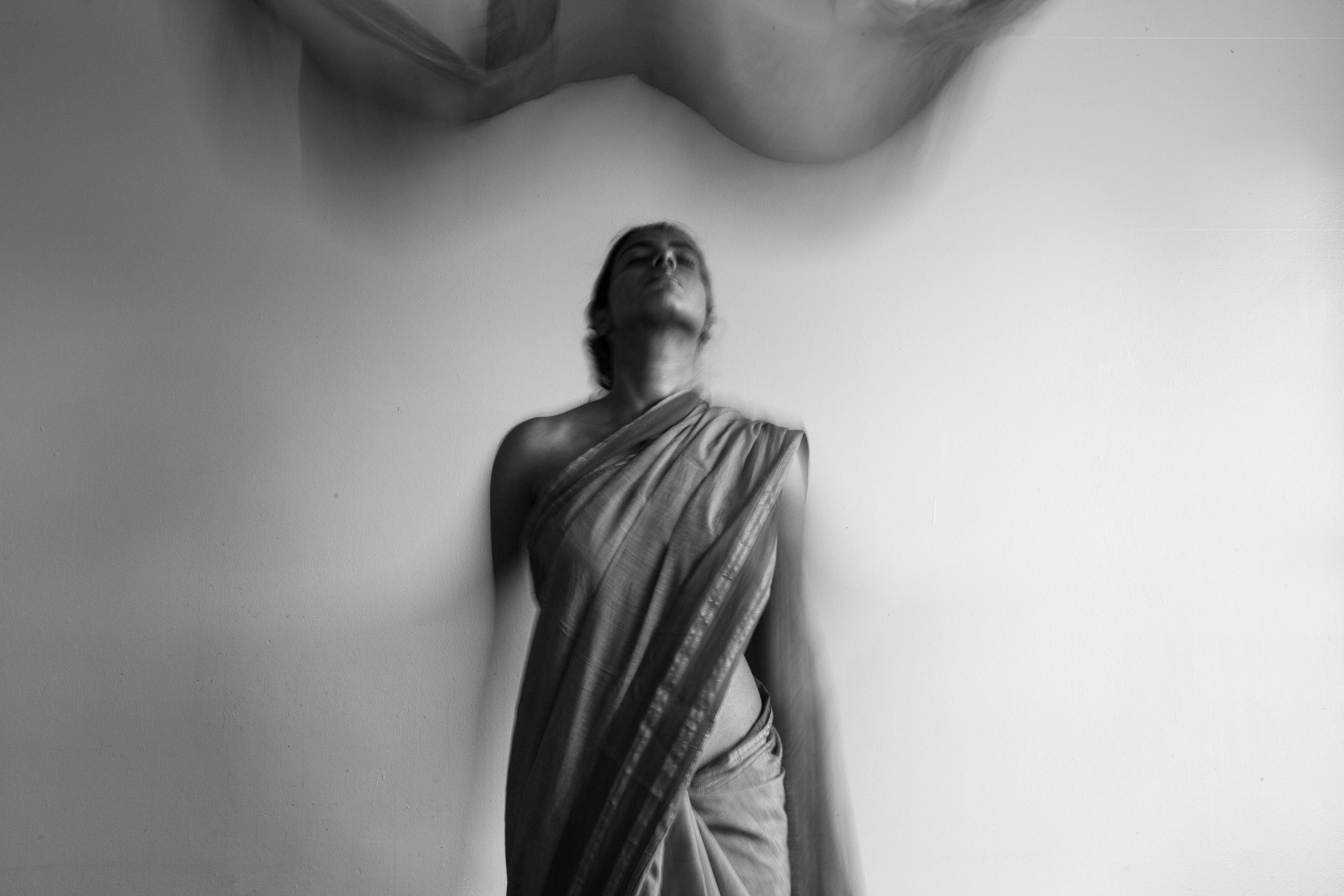
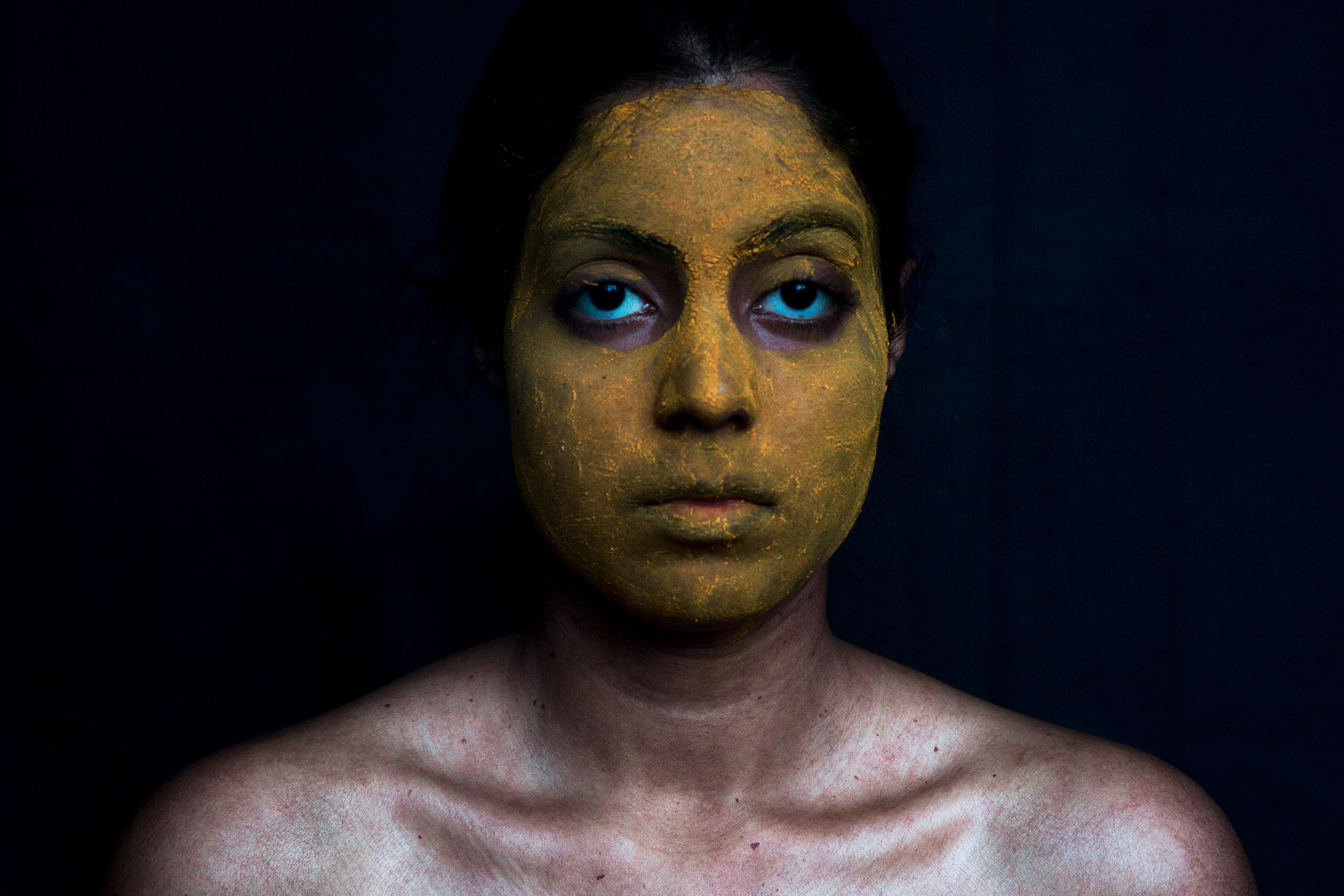
These painful experiences carried over from my childhood and bled into my teens and twenties. In my very short life so far, I’ve survived two major medical conditions.
One of them is Stevens-Johnson Syndrome, also known as Toxic Epidermal Necrolysis (SJS/TENs). It is a life-threatening adverse reaction that can be caused by prescription medication. My reaction was caused by medication for a misdiagnosed condition I was believed to have at the time. In the spring of 2009, when I was 21 years old, SJS/TENs nearly killed me. This adverse drug reaction affects the mucous membrane of the body which acts as a protective barrier against all pathogens. This is the primary protective layer that lines our internal organs and all our orifices including eyes, nostrils, and mouth. SJS/TENs burns up the mucous membrane, therefore causing the skin to blister like a burn victim and shed in layers. Simultaneously, it causes ulceration internally in the intestines, lungs, eyes and other places. Although SJS/TENs is considered a dermatological condition, it’s actually a full-body autoimmune response that can cause sustained and long-lasting damage to the vital organs and can affect the immune system in the long run. Thereby shortening the lives of survivors. It is known to have a 30-50% mortality rate in the short term and the long-term co-morbidity-related mortality is unknown.
There was so little knowledge of this condition when I had it that even my doctors could not help me with its long-term effects. While I had second-degree burns on 70% of my body including my face, the scarring and pigmentation were the least of my concerns. My intestines suffered such damage that they took over a decade to heal. I suffered from acute photosensitivity owing to the damage to my eyes and prolonged lung infections due to damage to my lungs. I intuitively followed an elimination diet to remove inflammation and used food and spices like turmeric and ginger as medicine to slowly heal. It took me 10 years to be able to eat a meal without feeling pain or dreading its consequences.
I had to rebuild my connection with my body. With constant care and gentle awareness. I discovered so many new things about myself. Like how my body craved seasonal foods, when I needed to oil the soles of my feet, why I loved waking up at sunrise, and what real hunger feels like. I recognize different kinds of pains and so much more, none of which I consciously paid attention to before SJS/TENs. This is essentially building somatic awareness.
I believe I survived because I was meant to. Even though I fought to survive, I also surrendered to something much bigger than me. One particular night at the hospital, when my pain was unbearable, I felt myself slipping away and began silently wishing I would die so my pain would end. But at that moment when I said “I give up”, I had a different kind of strength that flowed through me. That’s when I sat up in bed the next morning and began my morning routine of cleaning my wounds and blood clots. I will never find the words that describe this gentle, loving, divine power that held me through that pain and every time after that because I have had to begin again from scratch many times over.
This wisdom and resilience I built from surviving SJS/TENs at 21 years old would come to my rescue when I was 29 years old and a biopsy revealed that I had thyroid cancer.
After the initial shock of the diagnosis, I was able to quickly move into a space of planning my course of treatment. With the help of my mother, I chose my surgeon and my hospital. I called on the emotional and spiritual support of a few trusted friends who lived across the globe. I felt all alone, and yet I felt supported by the love of people who believed in me. It was a painful surgery and recovery. It was isolating and exhausting. But I was already familiar with all of this. So I kept moving ahead in the most imperfect way because there was no time for perfection.
Within 6 months of surgery, during what I call my “cancer year”, I returned to work on a very meaningful photography project.

If reading me so far has overwhelmed you, I invite you to stay on a bit longer. I decided to stay a bit longer as well and that’s why I’m here sharing this with all of you.
As I said, I had SJS/TENs at 21 and cancer at 29. However, the years between these two crises were spent not only in recovering and gathering but also in sowing seeds for a future. Although I didn’t realize it at the time, I was creating a foundation for my life ahead. In those years of recovery from SJS/TENs, I went back to university and wrote 14 papers in two summers and finished my Bachelor’s degree. I studied French, trained to be a yoga instructor, trained in body conditioning and movement at a dance school and became a freelance photographer.
A year before my cancer diagnosis (my life will always be marked by these milestones of before/after), I spent a year studying photography on a generous scholarship provided by Maine Media College, USA. The chair of our program, Brenton Hamilton, says that I went there as a photographer and returned as an artist. I agree with him. My art gives me voice, witness, and courage. My art allows me to express through energy and touches realms that my intellect cannot access. I created hundreds of self-portraits during my program in Maine and unwittingly documented my cancer even before it was diagnosed. That’s the clairvoyant power of art in my life.
Only in hindsight can I see all these seemingly fragmented and unconnected accomplishments I made in between hospital visits and being bedridden. Through them, I actually managed to “make” a life.
Making a life calls for immense courage in the face of judgments and stigmas attached to being seen as someone who is broken or weak. Making a life requires a mountain of patience that will weather every storm of uncertainty and fear. Making a life means having your heart broken wide open and then choosing to keep it open to feel more instead of less. Making a life means trusting your love for yourself so you can allow love to flow in your life.
Over the years, I have often seen pity in people’s eyes when they would meet me. It’s because they could only see the parts of my life that terrified them. The thought of experiencing anything similar would scare them. They saw no hope for me. I am glad I never believed this for myself.
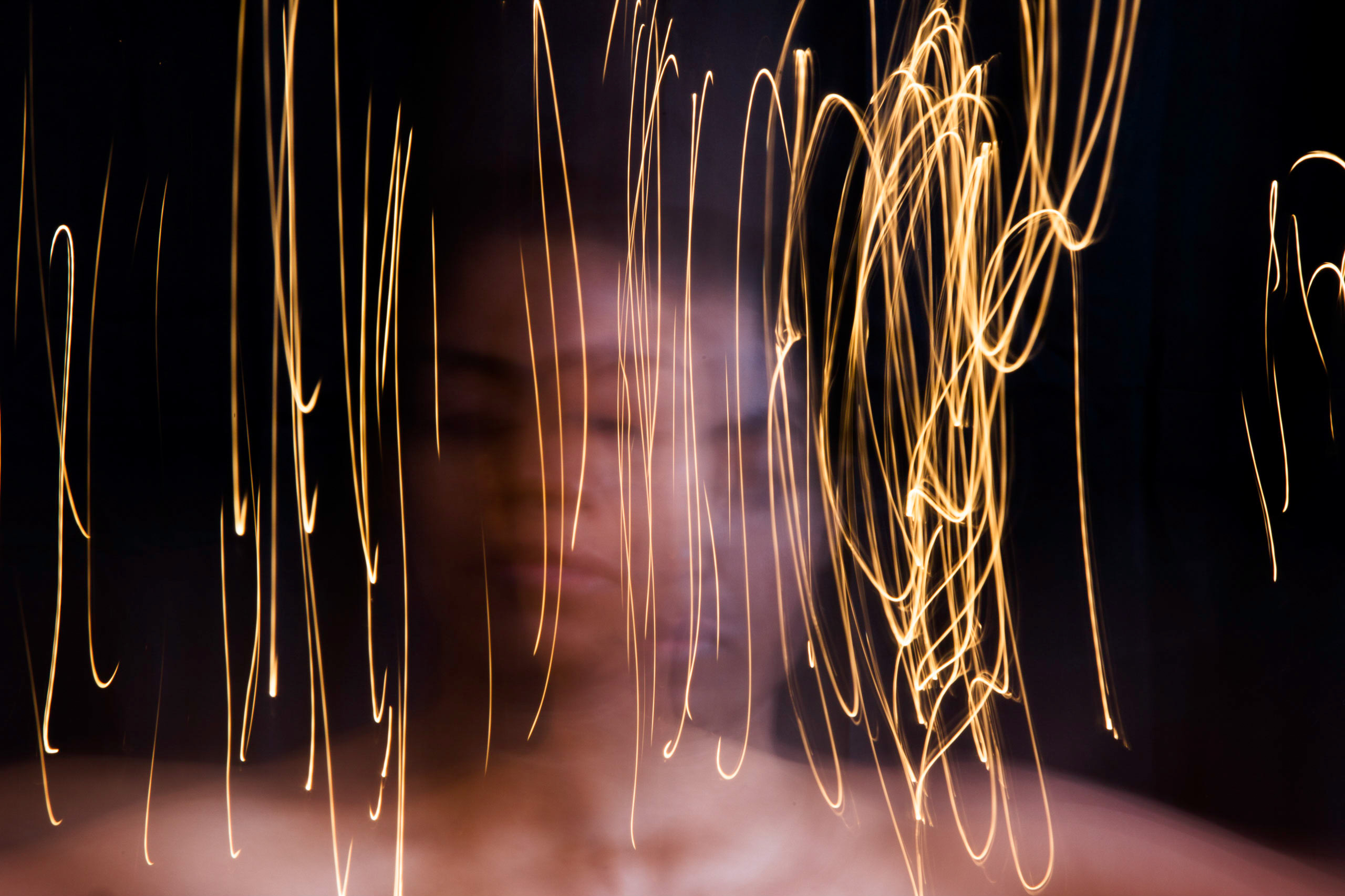
Then, there are those who often compare their pain to mine and say, “Oh, my pain is nothing compared to yours! You’ve been through so much more. If you survived this pain, you can face anything.” But that’s not true. All pain is pain, it has a purpose to serve. It is an alarm system that calls attention to your body. Feeling a big pain doesn’t make you immune to small pain or any other kind of pain in the future. It can be quite the opposite. That level of pain can be very traumatic. It can leave emotional scars and fear and even disconnect us from our bodies. This is where my somatic training and awareness came to my rescue.
Thyroid cancer is one of the few cancers that is considered curable. Even though I will always be dependent on thyroid hormone replacement and will struggle to find balance after a crucial part of my endocrine system was removed, I am in full remission and have a better quality of life than the doctors said I would.
A few years ago, I was at a retreat in Kerala when I met my future husband. We had been together for a year when the pandemic began. So we endured one year of long-distance engagement, a pandemic-style wedding and one more year of long-distance marriage before the borders opened up and I could join him in Taiwan. We have only grown to love each other more since the day we first spoke. He has brought such joy into my life and through him, I also get to experience his family and the beautiful village he was born and raised in. I feel safe and at home with him and I realize how incredible it is to find that in this world.
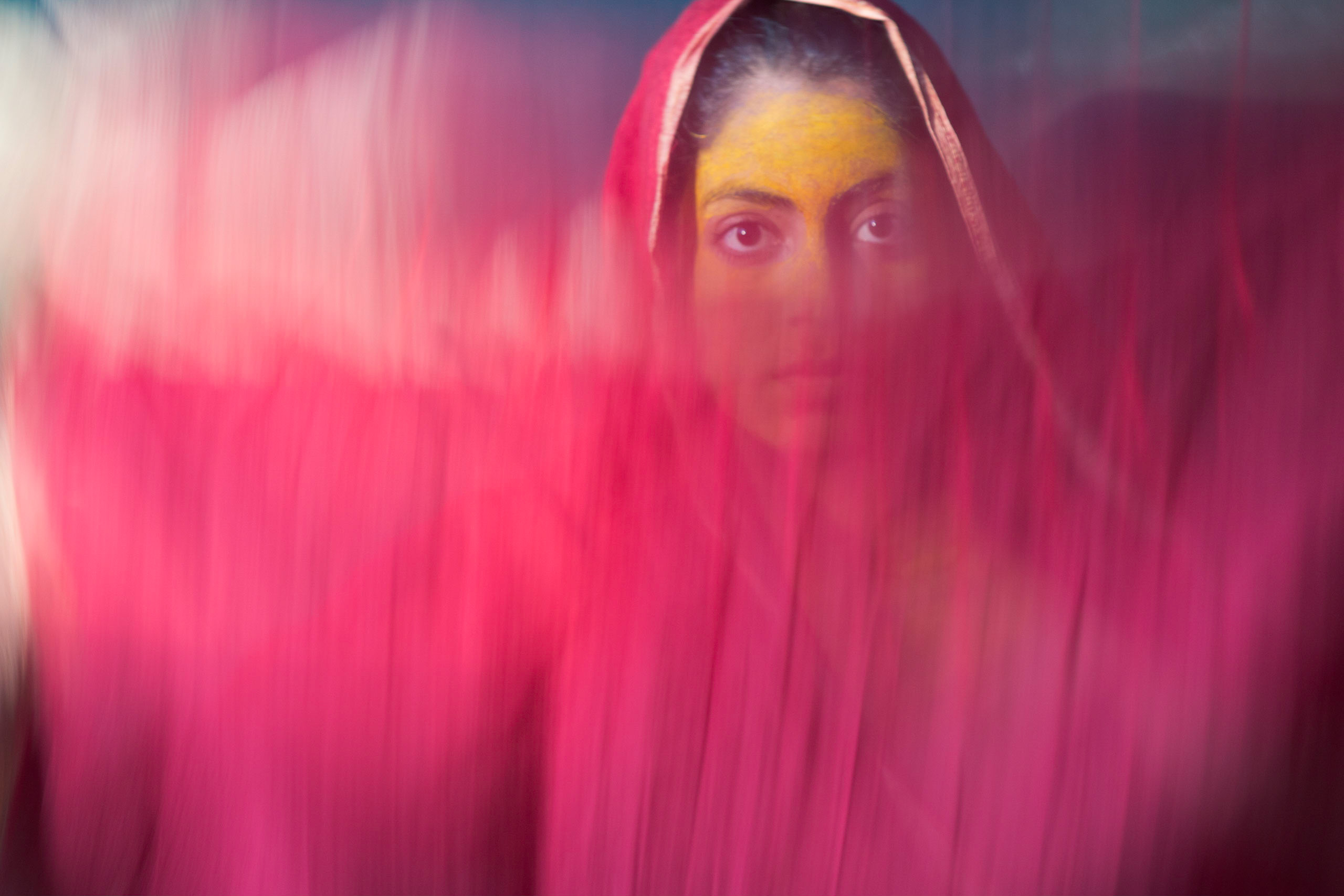
In my life, I have never had the audacity to plan even a year ahead. As a child, I learned very quickly that I can control very little around me, and yet I must try to grow and mend and deepen who I am as a person. In many ways, it is only now in my 30s that I feel like I am beginning my life. And what a wonderful gift it is to experience life this way!
In this relentless pursuit to find a way to live a meaningful life, I have been blessed enough to find the kind of professional help that works for me, albeit after many dangerous detours that cost me heavily. I am of the belief that there is more to us than the roles we play. This is why I have come to acknowledge the human side of parents who try their best and sometimes fail because parents were also children once, doctors who are well-intentioned but may end up causing more damage, and therapists who want to help but maybe burnt out, triggered or suffering from vicarious trauma themselves.
In the past few years, I trained to become a facilitator in Systemic Family Constellation work, which was co-founded by Bert Hellinger and taught by my teachers Annie Cariappa and Colette Green. I was primarily drawn to this work because this method and philosophy acknowledges the individual in the context of the larger family systems we belong to and how intergenerational trauma can be passed down and unconsciously re-lived and followed by those who come after us. I was also deeply moved by the fact that in Systemic work, the seeker and the facilitator are viewed as equal and we are merely present there as helpers in service of the seeker’s sacred family. It is amazing how much can shift when we include what or who was forgotten and give everyone their rightful place.
This goes beyond any therapy work I have personally experienced. Systemic Family Constellation work is based on a phenomenological approach and helps a seeker find a resolution by bringing awareness to hidden or unconscious family dynamics. It is based on the principles of belonging and bringing balance beyond ideas of right and wrong. Clients who experience a constellation often receive many insights. It may not happen in the way they anticipated it but there is a flow and an agreement that one is able to move into through constellation work. This is an experiential process and cannot be fully explained in words.
While this method is potent and whole in itself, I believe that healing is a complex journey and needs a holistic approach. Therapists are known to use Family Constellation work to complement healing work with their clients because, unlike conventional therapy, constellation work is done sparingly for specific issues and it is advised to not do any more work on the same issue and allow time for a constellation to settle.

My journey with somatic work began at the age of 20 when I went to study contemporary dance and movement arts at a dance school. Extensive body conditioning through kalarippayattu, classical ballet, bharatanatyam, and organic movement practices like release contemporary and Feldenkrais gave me a working knowledge of living anatomy. This training made me aware of my physical, emotional and energy body. I became aware of the undeniable connection between our body and mind and that they are essentially the same. That there’s no distinction between physical health and mental health. Health is just health and we are all seeking balance and wholeness.
Based on a client’s need, I use tools from neuro-linguistic programming and various somatic practices rooted in principles of yoga, Pilates and organic movement. My work is heavily informed by the polyvagal theory wherein I use techniques to co-regulate with the nervous system of a client and create a safe and grounded space for them. Quite often simply attuning with my clients, allows them to organically find their own resolution. My work is that of a facilitator.
This work brings me a very different kind of fulfillment. I also work with clients to help them learn how to advocate for themselves when they have rare or invisible medical conditions. My experiential wisdom along with my continued professional training helps me to be present for my clients and the intensity this work brings. I will always be a work-in-progress and there’s no end to learning, but I cannot imagine a greater outcome than this for the life that has unfolded for me.
All images shared here are autobiographical self-portraits created as part of a creative exploration project.
I would like to share a few resources to educate yourself on the body-mind connection and Trauma-informed therapeutic practices.
- Somatic psychology by Dr. Peter Levine: https://traumahealing.org/
- Childhood development and trauma expert Dr. Gabor Mate: https://drgabormate.com/
- The Body Keeps the Score by Bessel van der Kolk https://www.besselvanderkolk.com/
- Complex post-traumatic stress disorder and resilience-informed therapy by Dr. Arielle Schwartz: https://drarielleschwartz.com/
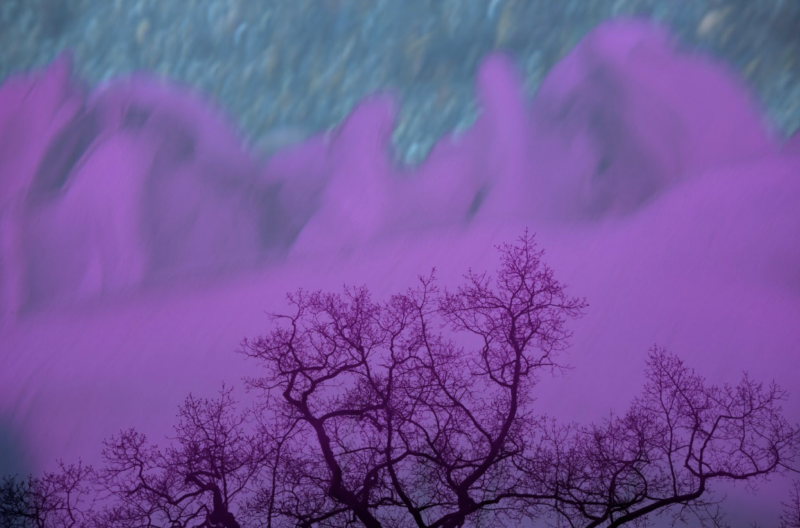
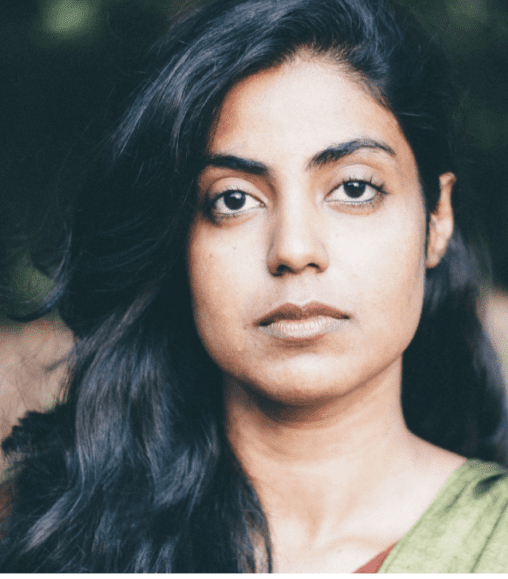

Madhura!
You capture a lifetime within a page. You render with prose and pain, stories of trauma and tragedy, of clots and courage, and you speak not merely of the existence of art but the art of existence. I’m truly moved!
Thank you for your comment Prabhu. I really appreciate your response to the piece. Glad to know it stirred something in you.
Dearest Madhura
Such a journey of hope and courage! I am deeply touched.
Love
Annie